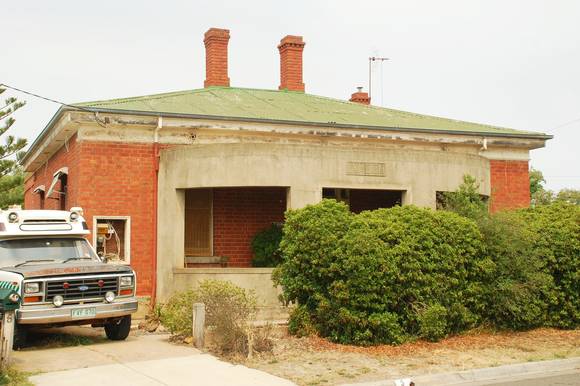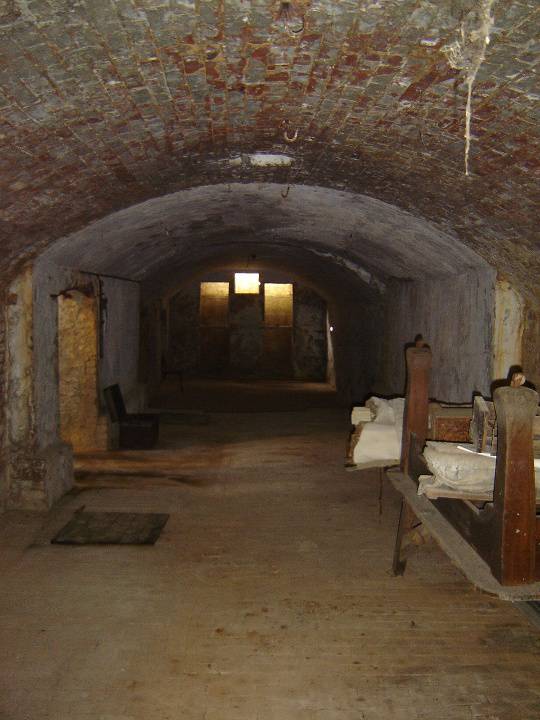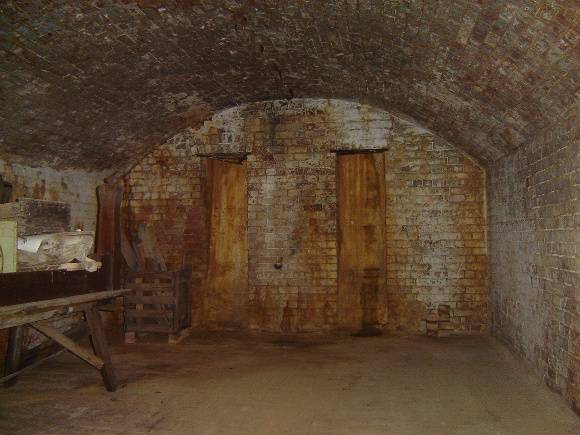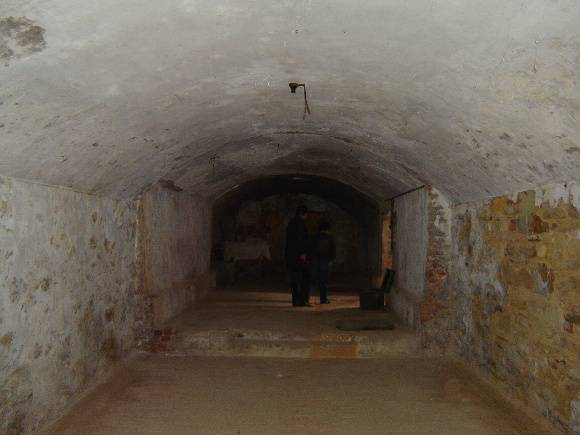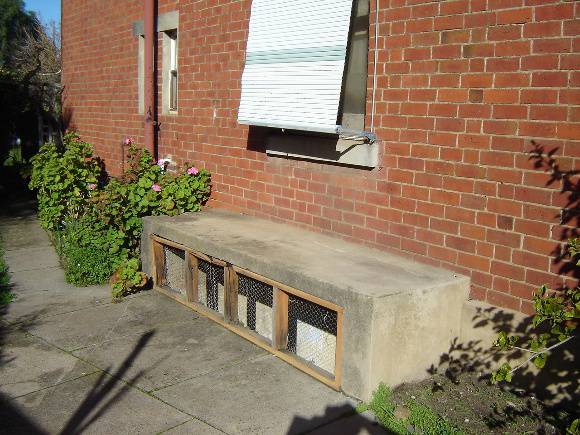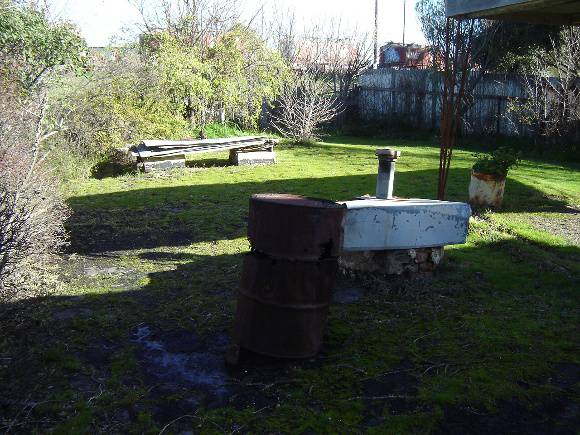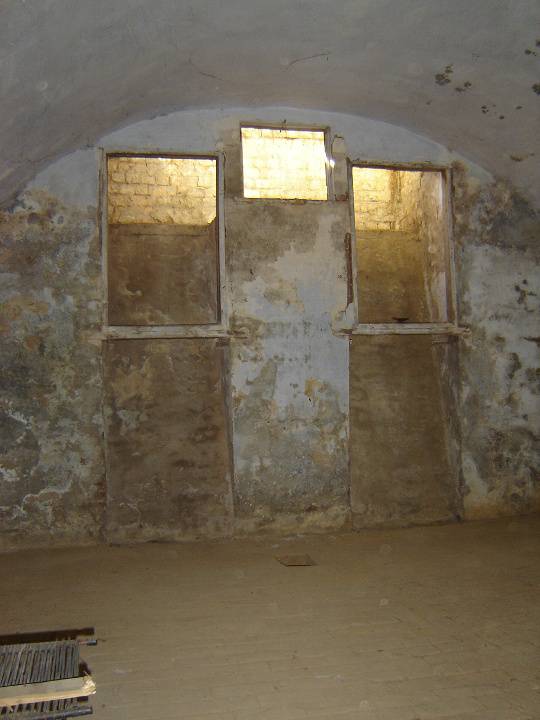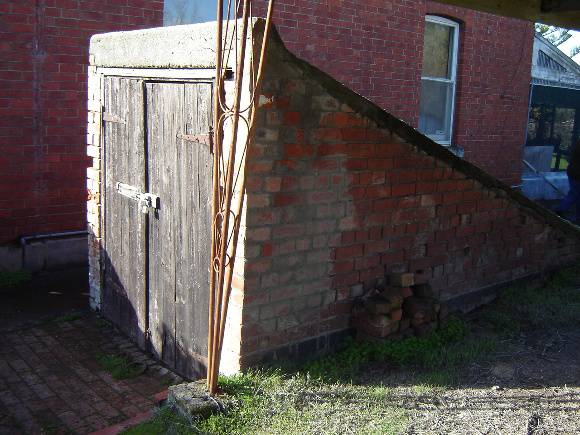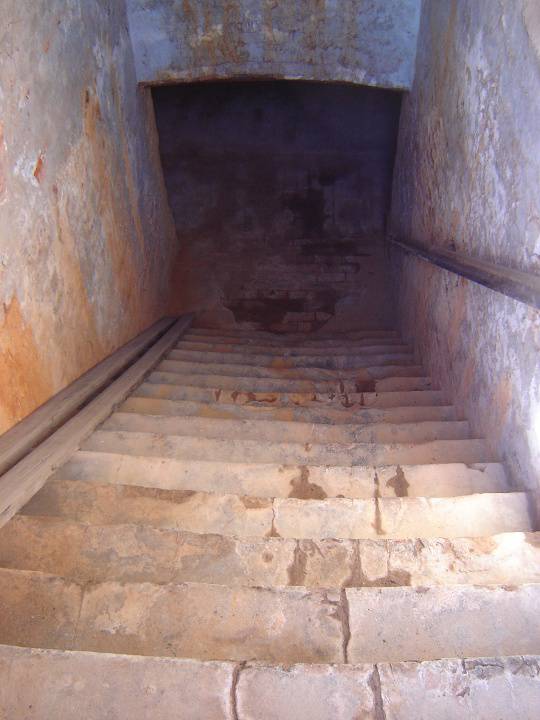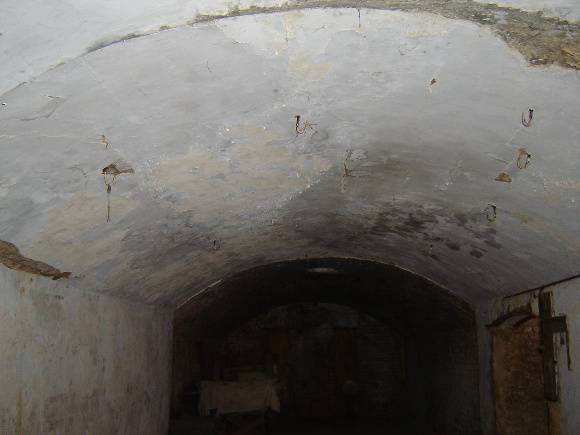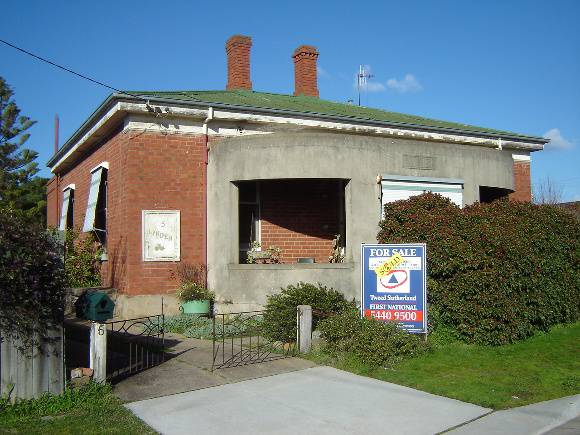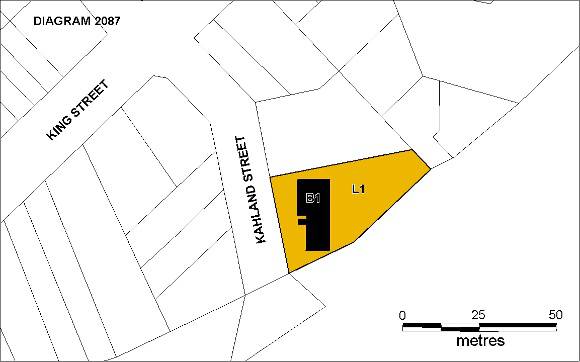| Back to search results » | Back to search page » |
|
FORMER KAHLAND WINERY & CELLARS
Location5 KAHLAND STREET BENDIGO, GREATER BENDIGO CITY
File Number13/006776-01LevelRegistered |
|
Statement of Significance
What is Significant?
Built in 1873, the former Kahland Winery includes a brick cottage over a two room cellar. The main room of the cellar is 22 metres long , 6 metres wide and 2.7 metres high. The cellar is constructed partially of brick and partially of stone with a brick vaulted ceiling and a split level brick paved floor. The walls were rendered but most of this has deteriorated. At each end of the main cellar chamber and in the north wall of the smaller chamber are deep vents which project above ground level to provide light and air. The main entrance to the cellar is from a set of stairs beside the house. There are also other pieces of remnant fabric in the place associated with the industry in the cellar such as hooks in the ceiling and shelving. A set of stairs from the smaller chamber leads up to the hall way of the house above.
The manufactory was started by Johan Detlef Kahland who was a tailor in Germany before migrating to Victoria in 1853 in search of gold. According to rate books Johan lived at Red Hill near Eaglehawk and had interests in a number of mines up until 1871 when he appears to have started to make a living as a wine maker. Business must have been good as in 1873 he moved to the current location in central Bendigo and established his manufactory there, building the house and cellar at this time. Johan died in 1876 and the property passed to his widow Catherine. The property stayed in the family?s hands until 1946.
Kahland Winery encompassed the entire wine making process. The production of the wine occurred above ground in a shed that faced what is now Kahland Street. There is no remnant fabric of this structure left but it was situated adjacent to the main stairs to the cellar. After the grapes were crushed they received some early maturation in barrels above ground before being taken down to finish the maturation process in the long chamber of the cellar. It was reported in 1887 that the cellars held 206 hogsheads of old and eighty of new wine. Set in the ground at the top of the stairs are two steel rings used for hauling barrels up and down the stairs. The wine was bottled, labelled then distributed from the premises.
Where Kahland?s operation differed from most other Victorian wine makers was that they bought grapes rather than grew their own. This is a common practice now and was not uncommon in Europe but it was unusual in 19th Australia where wine making industry was generally located on grape growing properties. While the Kahlands appear not to have grown their own grapes, they did lease some land at Pringles Reef for a couple of years possibly for this purpose. The grapes that the Kahlands used were bought from independent grape growers of which there were many in the Bendigo Region. Grape growing and wine making became a major industry in the region in the last decades of the 19th century following the 1850s gold rushes, second only to the Rutherglen region.
The Germans were the largest non-English speaking minority in Victoria in the nineteenth century. Their contribution to industry and culture in the colony was pronounced, especially so in the Bendigo region where many had gone in the 1850s in search of gold. After the late 1850s many who came to Bendigo for gold branched into other industries. The climate and soil of the region was particularly suited to grape growing and wine making and many Germans invested into this industry. The wine industry in Bendigo was driven by the Germans and the Kahlands were part of this as well as playing an active role in the German community in Bendigo.
After the death of Johan Detlef Kahland snr his wine making industry and involvement in Bendigo?s German community through the German society Der Deutscher Verein was carried on by his son Johan Detlef jnr. The Kahland label was awarded a number of Colonial and international prizes.
How is it Significant?
Former Kahland Winery is of historical, scientific (technical) and architectural significance to the State of Victoria
Why is it Significant?
Former Kahland Winery is of historical significance as a rare example of a nineteenth century urban winery.
Former Kahland Winery is of historical significance to the State of Victoria as an example of the industries that were fostered as a result of the discovery of and mining of gold. Kahland?s Winery is of further significance as an example of the range of industries introduced into Victoria by immigrants from Europe.
Former Kahland Winery is of historical significance as a remnant of the nineteenth century wine industry in Bendigo that was the second largest in the state after that in the Rutherglen region before being forcibly destroyed by Colonial Government decree in 1894/95 due to the discovery of Grape Phylloxera.
Former Kahland Winery is of historical significance for its associations with Victoria?s nineteenth century German community which was Victoria?s largest non-English speaking minority at the time. The contribution of German immigrants to the colony was great and their presence in Bendigo was marked. This is apparent in other prominent German residents of Bendigo such as the architects William Charles Vahland and Robert Getzschmann, the priest Fr George Henry Backhaus and mine owner Johan Ballerstadt.
Former Kahland Winery is of architectural significance as a rare example of nineteenth century commercial wine cellar construction. The prominent air and light shafts are uncommon and the stair connection to the house above is of note in highlighting the rarity of the place as a commercial wine cellar built along with and under a suburban house.
Former Kahland Winery is of scientific (technical) significance for its demonstration of nineteenth century wine making infrastructure. The cellar is particularly significant as a unique surviving example of the rare practice of urban wine manufacture.
Group
Farming and Grazing
Category
Vineyard/Winery


